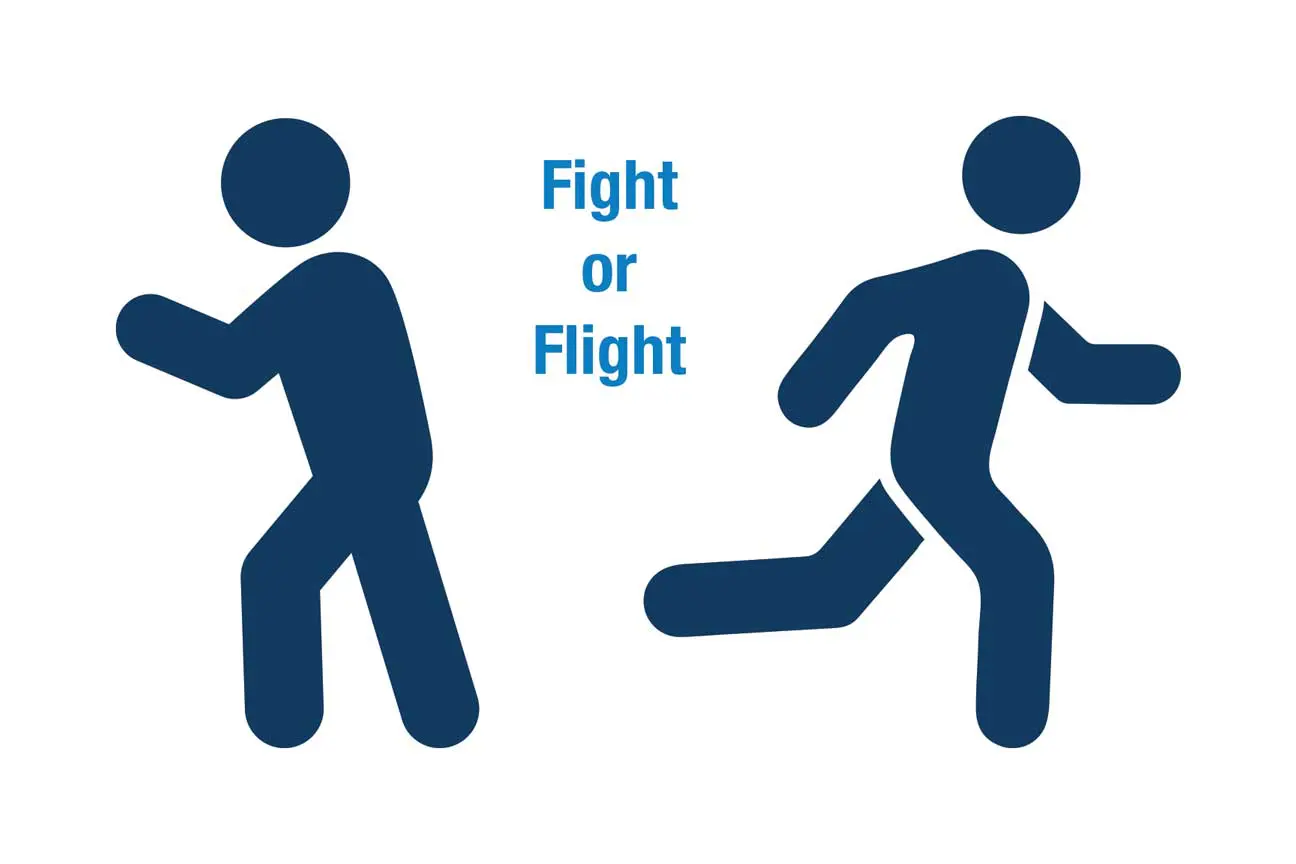The Art of the Reflex: Training, Resilience, and Survival
By MS. TIFFANY L. TOLBERT, STAFF WRITER
A human reflex is defined as an automatic response to stimulus that does not require conscious thought. A superhuman reflex can be referred to as an automatic reaction to danger with great speed or heightened abilities. Superhuman reflexes encompass enhanced reactions, enhanced reaction times, and enhanced preparedness. All of these are characteristic of Airmen. When Airmen are involved in or witness an emergency (e.g., hearing an explosion or watching a life-threatening situation unfold), their human and superhuman reflexes kick in. They start running toward the scene, rather than away, displaying courage, and executing solutions.
The fight-or-flight response, a type of human reflex in reaction to emergencies or stressful or frightening situations, allows individuals, like trained Airmen, to act before thinking. The fight-or-flight response can happen in the face of imminent physical danger (e.g., scenarios involving sniper fire, small arms fire, enemy combatants, and chemical warfare) or as a result of a more psychological threat (e.g., a domestic issue that places every Air Force base in a vulnerable position).
The fight-or-flight response triggers a cascade of stress hormones that produce well-orchestrated physiological changes, which in turn prepare the body to either fight or flee from danger. The sympathetic nervous system is responsible for the fight-or-flight response. When stimulated, adrenal glands (small triangular-shaped glands on top of both kidneys) trigger the release of catecholamines (hormones like dopamine, norepinephrine, and epinephrine). The release of catecholamines results in such feedback as an increased heart rate and breathing rate, which provides the energy and oxygen the body needs to fuel a rapid response; dilated pupils, which allow more light into the eyes, creating a better vision of surroundings; pale or flushed skin, which signifies that blood flow to the surface areas of the body is reduced, and flow to the muscles, brain, legs, and arms are increased for strength; and trembling, which tenses and primes the muscles for action. And this is where training comes in.
By preparing the body for action, both mentally and physically (e.g., completing deployment exercises to test and prepare for deployment readiness), Airmen are better equipped to perform under pressure, develop and retain various tactics and techniques for survival, and overcome a plethora of challenges.
With such training, the stress created by an emergency or stressful situation can be favorable, making it more likely for an Airman to cope with the threat and perform well under pressure.
Along with the reaction of reflexes and training, an Airman’s resilience—the ability to withstand, recover, and grow in the face of stressors and changing demands—can help Airmen deal with and come out of stressful situations. Resilient individuals exhibit commitment to a task and see it through, focus on the things they can control instead of things out of their control, and view stress as just another challenge to overcome. This viewpoint helps keep Airmen focused, mission-ready, and primed for survival.

